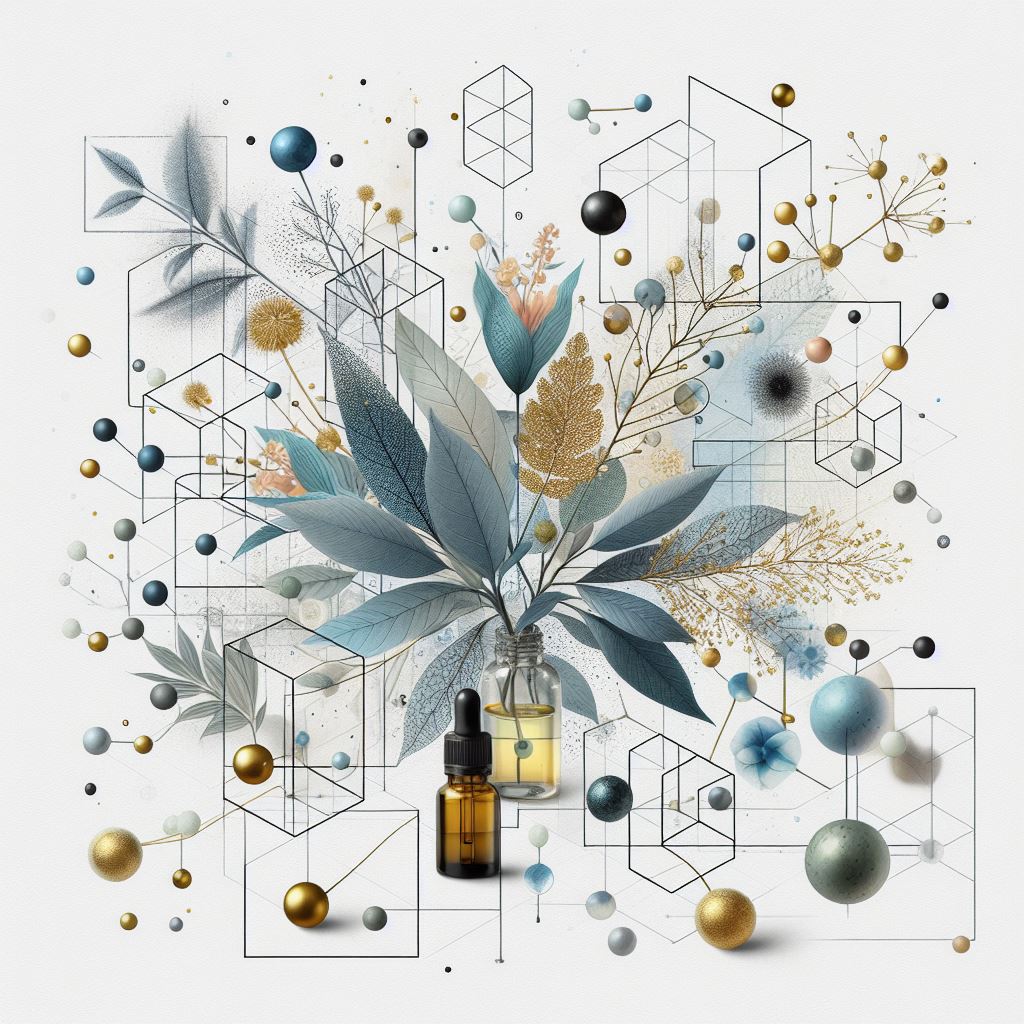Investigating the neuroesthetics in one's home is of paramount importance in creating a conducive ambiance that enriches well-being. Numerous studies have shown that the physical environment plays a significant role in affecting individuals' mental and emotional states. By carefully examining elements such as lighting, color schemes, furniture arrangement, and decorative objects, individuals can optimize their living spaces to cultivate a sense of tranquility and harmony. (Magsamen S. 2019)
A well-designed home environment can positively impact mood, reduce stress levels, and enhance overall well-being. Therefore, investing time and effort into understanding the nearoesthetics and its effects is crucial for creating an ambiance that promotes psychological and emotional health.
I personally believe that how we smell the environment can provide a neuroesthetic appeal.
In aromatherapy, the influence of aromas extends far beyond mere olfactory pleasure; it engages with the sense of smell, which in-turn can influence how we feel about what we see and what we experience. Since neuroesthetics is involved in a field dedicated to exploring how our brain processes beauty and artistic experience,. The integration of the olfactory system can influence the neuro-esthetics of the environment through smelling. The capacity of various aromas can shape our emotional and cognitive environments, effectively "formulating" our perceptual experiences. In this article, I will look into specific essential oils and how they can boost the neuroesthetic appeal of our spaces.
Citrus Oils: Energizing and Uplifting Ambiances
Citrus oils, with their bright and effervescent profiles, stand as a beacon of rejuvenation and cheerfulness. Amongst these are, lemon (Citrus limon), orange (Citrus sinensis), Begamot FCF (Citrus bergamia), Mandarin (Citrus riticutita), and grapefruit (Citrus paradisi) oils, which are particularly known for their uplifting, joyful, and purifying properties. Citrus scents have been shown to elevate mood, increase mental alertness, and evoke a sense of cleanliness and freshness.
In a diffuser, a concentration of around 1–8 drops of citrus oils can be used safely for periods of 15–30 minutes to invigorate any space without overwhelming the senses.
Their use is especially beneficial in living areas, kitchens, and workspaces, where an energetic and positive atmosphere is desired. Through their vibrant essence, citrus oils infuse spaces with an abstract palette of sunshine and vitality, rendering them more welcoming and alive.
Exercise care when using citrus oils during the summer: opt for FCF versions, or diffuse with sun protection.
Floral Oils: Harmonizing an area
Floral essences such as lavender (Lavandula angustifolia), rose (Rosa damascena), and ylang-ylang (Cananga odorata) are known for their soothing and harmonizing properties. Lavender, almost a byword for tranquility, has been substantiated through research to lessen anxiety and facilitate sleep.
Employing a concentration of 1- 8 drops in a diffuser for 30-45 minutes at a time can be sufficient.
Within the neuroeesthetic context, these floral bouquets can metamorphose an ambiance into a tranquil haven, optimally suited for spaces designated for rest or introspection, such as bedrooms, wellness centers, or areas dedicated to meditation.
Wood Oils: Grounding Environments
Woody essences such as sandalwood (Santalum spicatum), cedarwood (Cedrus atlantica), patchouli (Pogostemon cablin), and vetiver (Vetiveria zizanioides) are known for their anchoring influence.Often linked with steadiness and a deep-rooted essence, they can foster a profound connection to the present.
Wood aromas enrich spaces by fostering feelings of security and stability, thus being exemplary for personal offices or libraries where concentration and firm thought are crucial. 1–10 drops used in a diffuser for up to 45 minutes can establish such an environment.
Spice Oils: Stimulating Creativity
Spicy aromas such as cinnamon (Cinnamomum verum), clove (Syzygium aromaticum), and cardamom (Elettaria cardamomum) are notable for their warming and invigorating characteristics. These oils can ignite the brain's creative mechanisms and enhance cognitive functions.
Spice oils are particularly effective in energizing a space, rendering it vibrant and warmly animated. Ideal for social zones where lively interaction and dynamic participation are sought, using these oils at 1-4 drops for no more than 20 minutes will energize the area without overwhelming the senses.
I would like to conclude that, given my experience with essential oils, I believe the strategic use of essential oils can transform ordinary spaces into sensorial experiences that not only delight the senses but also support cognitive and emotional well-being. With new research in neuroaesthetics, we may be heading into new frontiers of research regarding the perception of aromas and how the brain works. And for me, this is exciting!
References: Magsamen S. Your Brain on Art: The Case for Neuroaesthetics. Cerebrum. 2019 Jul 1;2019:cer-07-19. PMID: 32206171; PMCID: PMC7075503.

4 comments
Jamie, your blends sound delightful. Enjoy..
Neuroaesthetics! What a fascinating subject. I have always used scented candles in my home. They have now been replaced with diffusers. This past winter I tended towards a warming blend with Mandarin, Cinnamon Bark, Nutmeg, and Geranium. Now that spring is here I’ve switched to a Lavender, Lemon, and Patchouli blend. It’s gorgeous and I’m surprised how long the scent lingers in the air. Love your articles Danielle!
“Maggie, I’m delighted to hear that you found resonance with the article. Safely incorporating essential oils into our home environments, coupled with embracing soothing colors and decluttering, can significantly influence our feelings towards our personal spaces. Moreover, it has the beautiful capacity to inspire us to engage more deeply with practices that enhance our overall well-being.” Danielle
Really loved this article. Right up my alley.